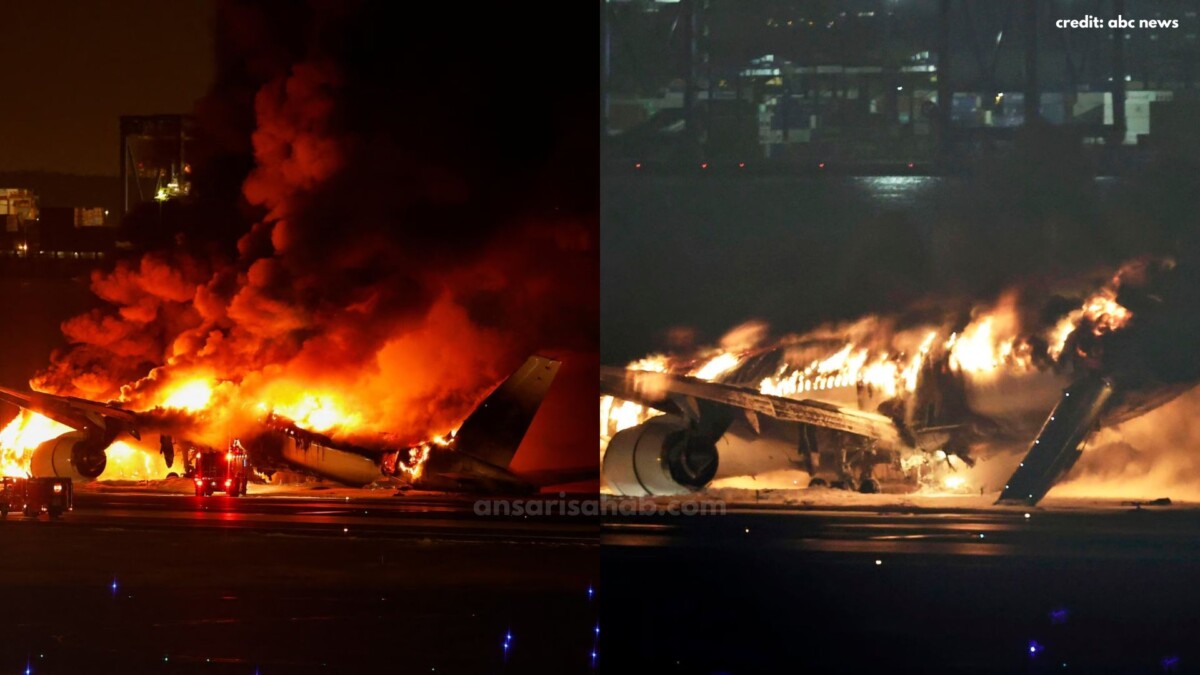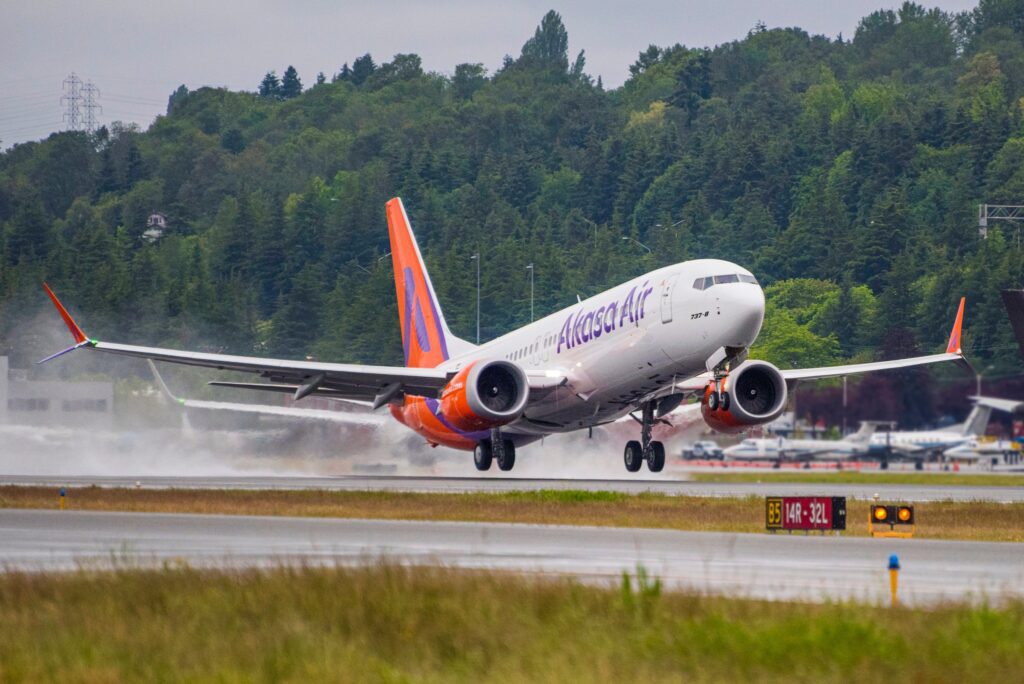
On a seemingly tranquil 02 January 2024 Tuesday morning in Tokyo, the bustling Haneda Airport witnessed a dramatic event that sent shivers down the spines of travelers and aviation enthusiasts alike. A Japan Airlines Boeing 777, carrying 379 passengers and crew on a routine domestic flight from Hokkaido, suddenly found itself embroiled in a mid-air drama. Minutes before landing, a fire erupted in the plane’s left main landing gear, casting a chilling shadow over the otherwise sunny skies.
Thankfully, the quick thinking and skillful maneuvers of the seasoned pilot, Captain Kohei Yoshikawa, brought the plane down safely at Haneda. No injuries were reported, and the evacuation of the passengers, though swift and somewhat unnerving, was executed with commendable efficiency. Yet, the incident at Haneda served as a stark reminder of the ever-present risks and vulnerabilities inherent in air travel, even for a nation with a well-established reputation for aviation safety like Japan.
Unraveling the Cause: A Tapestry of Theories
While the immediate concern of ensuring everyone’s safety took precedence, the aftermath of the incident ignited a flurry of investigations and speculations. The cause of the fire remains shrouded in mystery, with various theories floating around. Initial reports suggested a possible bird strike as the culprit, a relatively common phenomenon in air travel that can cause significant damage to aircraft components. However, subsequent investigations revealed no evidence of avian collision, leaving the door open for other possibilities.
Some experts pointed towards a potential malfunction in the landing gear hydraulic system, a scenario that could have led to overheating and subsequent fire. Others raised the possibility of foreign object debris (FOD) ingestion, where an object like a loose screw or tire fragment gets sucked into the engine, causing sparks and potential fire. The investigation is ongoing, and a definitive explanation for the fire may take some time to emerge.
Beyond the Flames: Lessons Learned and Questions Raised
While the successful landing and safe evacuation ensured a fortunate outcome, the Haneda incident raises several critical questions about aviation safety practices and procedures. One key point of discussion is the emergency response protocol. While the evacuation itself was orderly, some concerns emerged regarding communication delays between the airplane and the ground control, potentially creating confusion and anxiety among passengers during the critical initial moments.
Another crucial aspect to be examined is the maintenance and inspection procedures for aircraft components. The possibility of a malfunction in the landing gear system underscores the importance of stringent pre-flight checks and meticulous maintenance schedules. Additionally, the incident reignites the debate surrounding FOD control and prevention measures, emphasizing the need for heightened vigilance on the ground and around airport perimeters to minimize the risk of debris ingestion.
Suggested: In-flight Dilemma: The Controversy Surrounding a Doctor’s Refusal to Aid Diabetic Passenger
A Spark of Resilience: Tokyo’s Response and the Power of Preparedness
In the face of this unforeseen adversity, the response from the Japanese authorities and emergency personnel was exemplary. The swift arrival of fire crews and medical teams ensured prompt assistance for any potential casualties, thankfully not required in this case. The airport officials’ efficient handling of the evacuation and passenger communication helped maintain order and mitigate panic.
This incident also serves as a testament to the resilience and preparedness of the Japanese aviation industry. Having weathered numerous natural disasters and unforeseen challenges over the years, Japan has cultivated a culture of meticulous safety protocols and rigorous training for its aviation personnel. This ingrained vigilance undoubtedly played a crucial role in mitigating the potential consequences of the Haneda fire.
Looking Ahead: Towards a Safer Sky
The near-miss at Haneda Airport serves as a sobering reminder of the fragile nature of air travel safety. While technological advancements and stringent regulations have significantly reduced the risk of aviation accidents, unforeseen events like the Haneda fire demonstrate the need for constant vigilance and continuous improvement in safety practices.
Thorough investigations into the cause of the fire, coupled with a critical evaluation of emergency response protocols and maintenance procedures, are crucial steps towards preventing similar incidents in the future. Additionally, ongoing research and development in fire-resistant materials and advanced fire suppression systems can further enhance the safety of modern aircraft.
The incident at Haneda Airport may have momentarily darkened the Tokyo sky, but it also ignited a renewed focus on aviation safety, both in Japan and across the globe. By learning from this near-miss and implementing effective preventive measures, the aviation industry can strive towards a future where air travel remains not just a convenient mode of transport, but a truly safe and reliable one.








